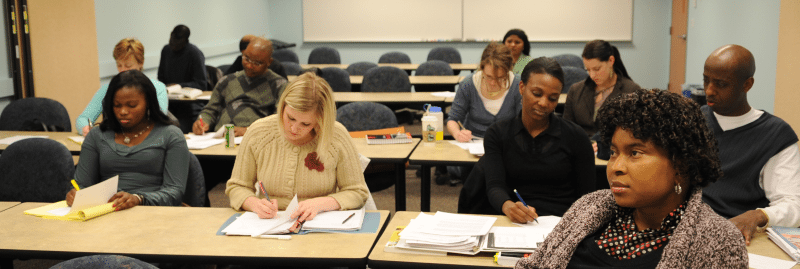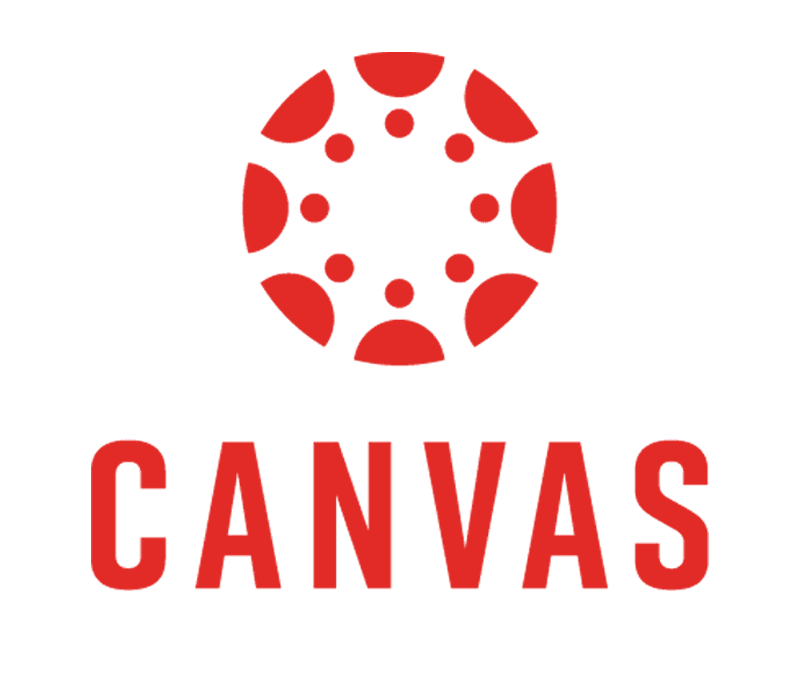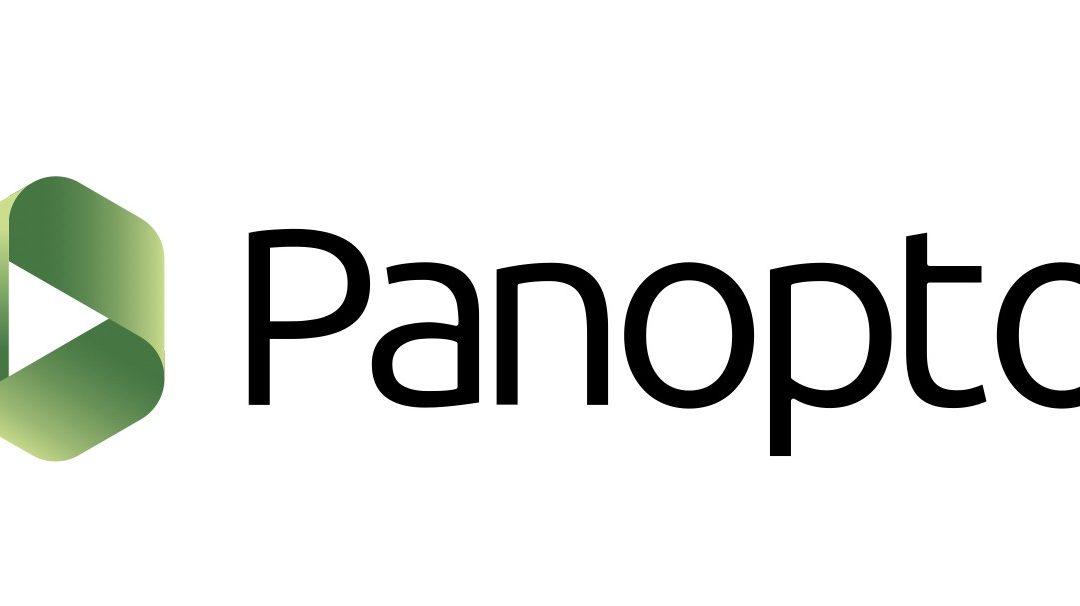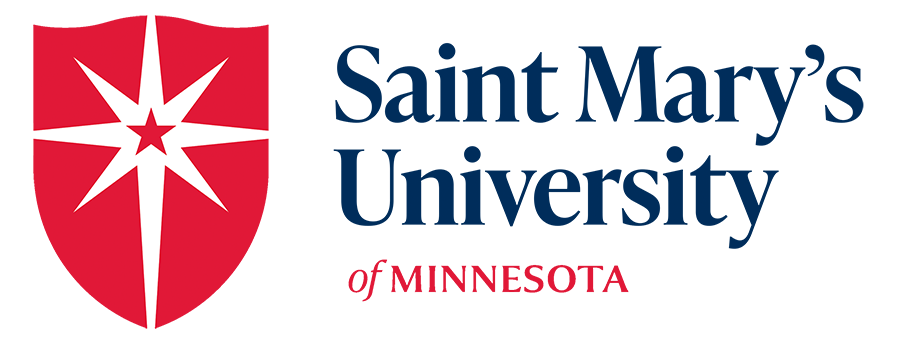News
More CardinalFlex Workshops: Virtual Attendance and Trauma-Informed Teaching
Note that this post primarily addresses the Undergraduate College in Winona. But all are welcome at the event!
We are planning two workshops this week (on managing virtual attendance and trauma-informed teaching) and one final one next week on flexible assessment strategies. We’d love to see you there. Recordings of the sessions will be available on the recordings section of our new site.
What: CardinalFlex: Virtual Attendance and Testing
When: 1pm Wednesday August 5th
Where: Zoom
Put it on my calendar: 
What: CardinalFlex: Trauma-Informed Teaching Panel
When: 11am Friday August 7th
Where: Zoom
Put it on my calendar: 
If you have a free account on the Chronicle of Higher Education, you can start with their useful explainer article on Trauma-Informed Teaching.

Complete Canvas migration schedule announced
The Learning Management System (LMS) Task Force has finalized its proposed migration schedule for all university programs from Blackboard and Engage to Canvas. Meetings with program directors who manage the first set of program courses selected for migration in August will occur this week. “Migration” is the initial process of copying a course from Blackboard or Engage and importing it into Canvas.
The task force is recommending that all university courses also remain in Blackboard for the fall semester so they can be taught out of Blackboard concurrent with the Canvas migration process. If an SGPP program director or a College chair would like to teach their entire program or major in Canvas beginning with the fall semester, they should contact Holly Tapper, director of online operations, at htapper@smumn.edu. Preparations for an early migration, faculty training, and student communication and orientation will be necessary.
To enable an efficient and effective course migration process, we have contracted with the K-16 Scaffolding Migration service. This service is able to migrate a select number of courses each semester, therefore, we are prioritizing programs with high levels of course content already built in Blackboard and those with full-time faculty. After this migration occurs, courses will still need to be edited and enhanced. Staff will assist faculty in course clean-up and in migrating any content outside the K-16 process.
Here is an overview of the entire migration schedule, with a more detailed, year-long spreadsheet located on the LMS website (see the “Proposed SGPP/Winona Blackboard-to-Canvas Migration ’20-’21” document linked on the front page).

- Summer migration to Canvas for fall 2020 readiness, with a default to teach in Blackboard:
- SGPP program courses: AC, BI, BS Core, BU, CJ, CRT, DBA, DIGA, EDD, EDMA, EDS, HR, IT, MAIS, MK, PYD.
- Fully online courses at the College, plus courses for the Catholic Sisters program. Catholic Sisters courses will be taught in Canvas, in Spanish.
- Fall migration to Canvas for spring 2021 readiness, with a default for SGPP to teach in Canvas and the College to teach in Blackboard:
- MSA, MBA, HRM, GM, OL, PRM, MAEL, EDRD blended, MASE, Addiction Studies, Counseling & Psych, HHSA, MFT, Nurse Anesthesia, MPH.
- Spring migration to Canvas for summer 2021 offering in Canvas; Blackboard will be unavailable after June 1, 2021:
- All remaining College courses will be migrated.
- Engage-to-Canvas migrations will begin in fall for spring 2021 offerings taught in Canvas. These migrations are scheduled by our Wiley partners:
- MSA, MSBIDA, AMBA, Cyber, HRM, GM core, OL, PRM, MAPA, MAEL, MASE, LDT, RN-BSN, HHSA, MPH, MSW
- Courses are migrated by student pathway rather than by program, so new students will use Canvas while existing students will use Engage. See the complete Engage migration schedule.
Further conversations will occur with university deans, program directors, and chairs as we progress through this proposed migration schedule. Please continue to visit the CELT website for ongoing updates related to online instructor training and upcoming Canvas courses. We look forward to enhancing our learning experience and bringing new technology to our students.

How will we know what students are learning in Fall 2020?
As the new semester draws near and faculty start to build out their classrooms and course shells, there are lots of discussions going on about testing. We know from surveys done after Spring 2020 that students and faculty members alike worried that the rapid shift to remote teaching diminished learning in the spring. Fair enough, right? I don’t know about you, but it was my first time teaching in a pandemic. But as we have more time to plan for a fall that might include online teaching, socially-distanced classrooms, and virtual attendance, it’s time to start thinking about more resilient ways to see what students are learning.
Exams and quizzes have been part of higher education for centuries. It’s not easy to break old habits. But they have well-known weaknesses that make them hard to recommend in a pandemic situation. If you’re teaching online and giving exams without a proctor in a room, you may not get an accurate picture of what students have learned. You may get more of a picture of what their social group or even their parents know. And while there are many companies that will gladly supply the missing proctor, those services are expensive. Even then, you get a picture of what a student has learned which is constrained by their comfort level with the exam — or worse — their ability to understand what they are being asked to show.
With that in mind, it’s probably not too surprising that many faculty were experimenting with alternative methods of assessment even before the pandemic. We can draw on those experiments as we plan for what the Fall brings. I really wish Doug Lederman hadn’t titled his article, “Best Way to Stop Cheating in Online Courses? ‘Teach Better’”, but his recommendations to re-think the importance of community-building and building in more low-stakes assessments are on-point. The AAC&U has even more examples of alternatives, some of which (such as oral exams), are even rooted in the history of higher education than multiple-choice tests. Other possibilities they recommend include (directly quoted from the article:
- Student-Created Exams: Allow the students (individually or in groups) to create an exam along with the rubrics for evaluating responses. We know that when students can teach a topic then they have learned it well, and this could also provide new exam questions or quizzes for a later semester.
- Gallery Walk Exams: Ask each student to create a video and post it to the class website or folder. Then, other students view and peer review the items as if it were a gallery walk.
- Oral/Video Exams: Have students respond to a particular prompt and record it. Faculty can give time limits, and students can have as many tries as they need (before a deadline) to record and upload their answer(s).
- Op-Ed Style Articles: Get students to write an article, helping them show that they understand both sides of an issue and can explain it to a particular audience. Perhaps extra credit can be given for actually submitting it to a news outlet, too.
- Social Media Platform Exam: Have students think about your course as a “brand” and come up with social media posts that would demonstrate their knowledge of this brand. Here’s a great example of how this can work.
Ultimately, we may not have time to replace four exams in four different courses with alternative means of assessment. This CELT recommends taking a second to ask what you would have to see or hear in order to know students have achieved the objectives in your class. Is it just circling the right answer out of four answers? Or could there be other ways. And if there are other ways, what assignment would allow you to see if they can do that? If you have more ideas, by all means share them in the comments!

Canvas Kickoff Timeline Announced
by Holly Tapper
The Learning Management System (LMS) Task Force met with the Canvas implementation team on July 13 to officially kick off our relationship and make plans for a fall rollout.
The switch to the Canvas learning management system includes other ancillary tools and services that have now been finalized.
- Learning Ally will be integrated to provide accessibility features in all of our Canvas courses.
- Turnitin is the newly selected plagiarism tool in Canvas, as we gradually move from using SafeAssign and VeriCite to a singular source for plagiarism detection.
- Panopto lecture capture services will be part of our e-learning platform, along with the transfer of many other tools currently used in both Engage and Blackboard.
Key elements of our Canvas solution will include mobile capabilities, 24/7 user support, and migration assistance. Our top priority is to develop a migration strategy that focuses on the student experience, while ensuring our faculty and staff are prepared to use Canvas. Find more detail about our faculty training plan in a separate feature in today’s Cardinal Update.
Getting started: A service we are excited to announce is K16, a scaffolded migration solution. The Canvas migration team, along with the K16 migration team, will assist Saint Mary’s in quickly moving the most robust courses from Blackboard into Canvas. (We will migrate simpler courses ourselves.) Consider the K16 vendor as a professional “moving team” like you would hire to move your heaviest belongings from one home to another. They will “pack and move” items to the new home (the Canvas course) and set the moving boxes and furniture in the correct rooms (the Canvas course modules). Our staff and faculty may have to unpack some of the boxes (make adjustments to the Canvas course). We have a year-long agreement with K16 to assist us with moving designated courses throughout the entire migration process. Our initial goal is to use K16 to migrate 400 Blackboard courses by fall. Check out this video to learn more.
SGPP – Engage migration: Our fully online courses currently offered in Engage will be migrated to Canvas beginning in the spring semester. We have developed a course-by-course migration plan that begins with all first-semester courses our newly enrolled students would need to complete in spring 2021. All second-semester courses will be migrated by summer 2021, third-semester courses will migrate in fall 2021, and any remaining courses will move to Canvas in spring 2022.
SGPP – Blackboard migration: Our SGPP course migration from Blackboard to Canvas will follow a different pattern. It is likely those courses that were already built as fully online in Blackboard and those that were in a “high blend” format will be selected to migrate to Canvas first, but that timing is not finalized. We are currently examining all the courses needing to run this fall semester in a fully online format due to COVID and will contact program directors in the next week or two to formulate a possible plan. Stay tuned for more detail as this plan is developed in collaboration with program staff and faculty.
Undergraduate College – Blackboard migration: Our Winona undergraduate course migration plan is also underway. Certain chairs have already reached out to our team to request an early migration to Canvas. About a dozen fully online courses will likely migrate sooner than face-to-face courses. As the university has already announced, students will return to the Winona Campus in the fall for a traditional on-campus experience. Our team is working with the COVID-19 planning group to collaborate on Canvas training and migration schedules.
As the LMS task force receives more detail from Canvas on comprehensive project planning, you can expect to learn more about the migration schedule, training for faculty, staff, and students, assistance with course development, and technology support. Updated information can be located on the LMS intranet site and the Center for Excellence in Learning and Teaching (CELT) websites.

Planning to CardinalFlex in Fall 2020
Link to slide presentation from CardinalFlex discussion.
Note that this post related primarily to the Undergraduate College in Winona. For more information about plans for the SGPP, check out more about Our Plan for Fall 2020.
It’s not fall yet, but we want to make sure you have all of the resources you need to be prepared for a potentially very strange fall semester. At CELT, the part of that package we think we can help with is thinking through a face-to-face course that might involve some students attending remotely, students completing assignments remotely, minimizing large groups, and planning for scenarios where in-person meetings are no longer possible.
With that in mind, we’re inviting you to discuss a flexible, hybrid model (HyFlex) of instruction called “CardinalFlex” at a session later this week. In that session, we will outline the conditions which are pushing us to adopt this model, the pedagogical changes we need to make to respond to those conditions, and some basic ways to implement those changes. After that, we are expecting to bring our collective energies together to modify things so that it actually works and you’re ready to ensure students have the best experiences they can in your courses.
Our first discussion will be this week on Friday, July 10th. If you can’t make that, we will also have another session next week on Monday the 13th and Wednesday the 15th. After that, we will host workshops throughout the second part of July for those who want to work together to create courses and iron out further details. (If you don’t know where your iron is because you’ve only had to be seen from the waist up for the last four months, that’s fine.)
- What: Planning to CardinalFlex in Fall 2020
- When: Friday, July 10th, 1pm-2pm
- When: Monday, July 13th, 10am-11am
- When: Wednesday, July 15th, 4pm-5pm
- Where: Zoom, of course: https://smumn.zoom.us/my/apotthas?pwd=U2pyb2ViVngweGJ1YjhuVzBzSS84QT09
And if you can’t get in, the password is “joinery” (without the quotes).

Getting Started with Panopto: Creator Training
What: Panopto Training “Getting Started: Creator Training”
When: 10:00am-11:00am July 10th, 2020
Click here to join Password: AwDh.EmoD0
Panopto is SMU’s new Video Repository, Lecture Capture/Webcast, and Tegrity replacement. Panopto offers lots of additional features like inbrowser editing, discussions in video, closed captioning, quizzes/grading, statistics on views, and much more.
This training will focus on being the role of a Creator in Panopto:
1. Creating recordings/content in Panopto
2. Using Panopto videos in BlackBoard courses
3. Navigating your Panopto Library
4. Editing of Recordings Overview
Helpful Links for the Training: BlackBoard, SMUMN.hosted.panopto.com, Panopto’s Support Page, SMUMN Panopto TechFAQ
The HelpDesk is excited for you to join LIVE, but in case you miss this training, we will post the recording of the training on the IT TechFAQ: Panopto page once available. In addition, Panopto has a collection of HOWTOVIDEOS and hosts Webinars monthly that you can sign up for HERE (You will need to create a Panopto Support account with your SMUMN Email to access).

Saint Mary’s adopts new single learning management system
Saint Mary’s University of Minnesota is committed to constantly improving the online experience of students and faculty by selecting a single learning management system (LMS), replacing our two current LMS systems — Blackboard Learn and Engage/Moodle.
 Following months of extensive evaluation and community engagement, and at the LMS Task Force team’s recommendation, campus leadership is excited to announce that Saint Mary’s has chosen Canvas by Instructure due to its:
Following months of extensive evaluation and community engagement, and at the LMS Task Force team’s recommendation, campus leadership is excited to announce that Saint Mary’s has chosen Canvas by Instructure due to its:
- Superior user experience
- Clean and intuitive user interface
- Mobile friendliness
- Flexibility and interoperability with outside tools
The LMS Task Force is confident Canvas will allow for greater university efficiency and consistency in the teaching and learning experience. The selection of Canvas will provide a superior student and faculty user experience, clean and intuitive user interface, and the ability to position the university for growth in new programming, certificates and badging, and utilizing mobile rich technology. Additionally, the move to Canvas will enable robust course migration and comprehensive technical support and training.
Canvas is the world’s fastest growing LMS, with more than 30% of all higher education institutions on the platform. It boasts nearly 100% uptime and 24/7 support. Users will also have access to the global Canvas Community, with more than 685,000 members collaborating and sharing resources. Its innovative structure allows the seamless plug-in of various learning tools.
To meet the growing accessibility needs in an online environment, an additional tool we are particularly excited to adopt is Blackboard Ally (which will be integrated with Canvas). Ally makes digital content more accessible for a variety of learners. Some innovative features include alternative formatting, audio capabilities, language translation, instructor feedback, and institutional reporting.
The LMS Task Force was formed in September to brainstorm solutions and has been actively researching and reviewing products, pricing, content, and strategies. Responses to a request for proposals were submitted by five vendors. Three of these vendors presented demonstrations on the Winona and Twin Cities campuses for faculty and students. The committee narrowed the selection to two vendors in the first part of 2020 and compared community survey results, rubric scoring, customer feedback, and migration strategies. This review, as well as a detailed financial analysis, demonstrated the value of changing to Canvas.
As we move from evaluation and selection into implementation and adoption, more information will be provided in the coming weeks about a phased migration plan, the timeline, and the support and resources that will be available to assist our university in this important work. The goal of the LMS Task Force is to introduce our first courses in fall 2020 and target a full implementation to the new platform within the year.
If you have any questions or would like more information, please email LMS@smumn.edu.
